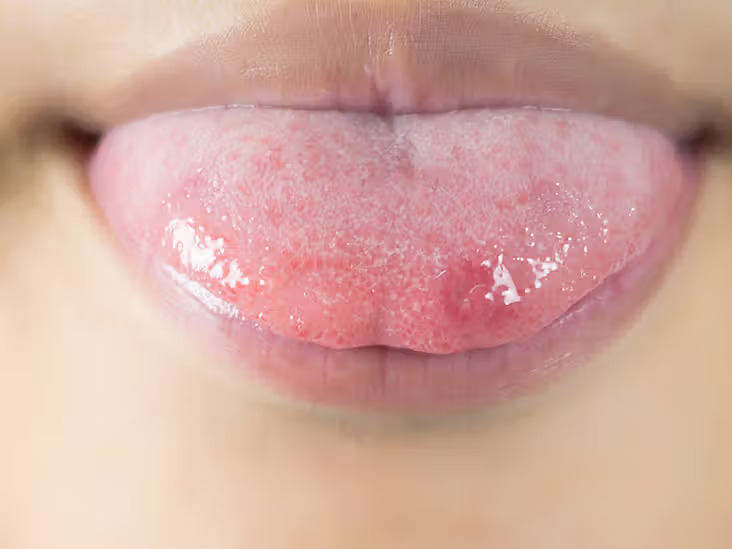Canker sores are small, open, and painful lesions that develop in the mouth. They appear on the soft tissues in your mouth, including the base of your gum, tongue, inside linings of the cheeks, throat, or lips.
They are usually white, gray, yellow in color, with a red border. Also known as aphthous ulcer, canker sores aren’t contagious and usually heal within one to two weeks without treatment. They are categorized into three types:
Minor sores are the most common types and measure from 3 to 10 millimeters and last for 10 to 14 days without scarring.
Major sores have an uneven or irregular border and are larger and deeper than the minor sores. They measure more than 10 millimeters, take weeks or months to heal, and may scar after healing.
Herpetiform sores are small ulcers that measure from two to three millimeters, characterized by a large group of multiple sores. There may be as many as 100 ulcer’s present at the same time that may merge into a large ulcer. They heal without scarring.

Causes
Possible triggers for canker Sores are injury to the mouth from vigorous tooth brushing, dental work, sports injury or an accidental cheek bite, emotional stress, toothpaste and mouthwash that contain sodium lauryl sulfate, allergy to certain bacteria in the mouth, smoking, a vitamin B12, zinc, folic acid or iron deficient diet, sensitivity to certain foods such as acidic foods, coffee, chocolate, eggs, and spicy foods. Hormones, celiac disease, autoimmune disorder, inflammatory bowel diseases, HIV or AIDS, cold or organ transplant that may weaken or suppress the immune system.
Symptoms
A burning or tingling sensation in your mouth. A painful lesion that is white, gray and yellow with a red border. Difficulty speaking, eating or swallowing. Less common symptoms that may indicate a serious underlying condition may include fever, weight loss and swollen lymph nodes.


